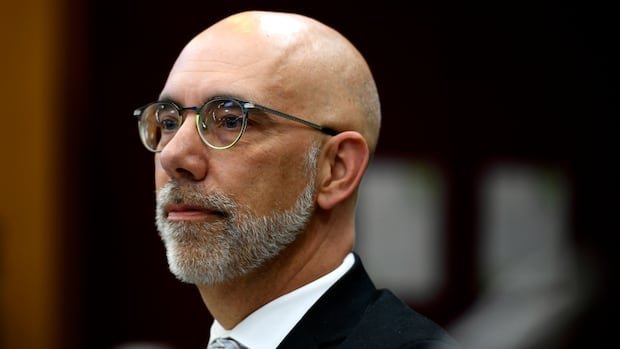Canada’s parliamentary budget officer (PBO) has estimated that the federal government disbursed $71.1 billion on salaries and other staff-related expenses in the previous year. This marks a $1.5 billion upsurge from the $69.6 billion allocated for personnel costs in the 2023-24 term, as detailed in a recent report by the autonomous body released on Thursday. Notably, despite a reduction of approximately 10,000 jobs in the public sector, the financial outlay for personnel has escalated.
The latest review, employing more frequent insights into federal staffing than previous assessments, forecasts a prospective increase in staffing expenses to $76.2 billion by the fiscal year 2029-30 — a two percent augmentation from the budget watchdog’s March estimates. The PBO report underscores the paramount importance of a comprehensive understanding of personnel costs for effective parliamentary scrutiny, emphasizing its status as the most substantial component of federal operating expenditure.
According to the PBO, heightened federal spending on public servants could cumulatively elevate the deficit by $8.5 billion over the ensuing five years. Notably, the PBO’s latest forecast does not encompass federal announcements post-May, such as pay raises for Canadian Armed Forces personnel and the comprehensive expenditure review.
Although the federal public service witnessed a reduction of 9,807 members between 2024 and 2025, the PBO’s July report indicates anticipations of an increase exceeding 13,000 full-time equivalents compared to the previous year. Full-time equivalents, a metric reflecting the labor of either one full-time employee or several part-time workers amounting to one full-time position, are integral to this analysis.
The report anticipates a surge in the average costs for full-time equivalents, primarily driven by salaries, wages, and standard compensation, to reach $139,400 by 2029-30. Once pensions and additional benefits are factored in, the average cost is anticipated to exceed $172,000 by the same fiscal year. Lead senior analyst Marianne Laurin projects a decline in full-time equivalents over the next two years, followed by an ascent to nearly 442,000 by 2029-30.
Prime Minister Mark Carney’s commitment to balance the federal operational budget by curbing operational spending for increased investments was reiterated during the last election campaign. Finance Minister François-Philippe Champagne has requested “ambitious savings proposals” from cabinet members to diminish day-to-day government operational expenses by 7.5 percent for the 2026-27 fiscal year, progressing to 10 percent the subsequent year and 15 percent by 2028-29.
The PBO’s baseline projection excludes these anticipated budget cuts. Once integrated, a directional decrease in expenditure can be projected. However, Sloane Mask, director of parliamentary relations and planning at the Office of the Parliamentary Budget Officer, cautions that the growth in federal wage costs may persist, contingent on the types of public service positions eliminated and potential economic and inflationary impacts on salary expenditures.


